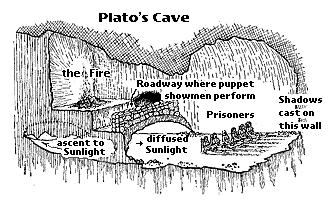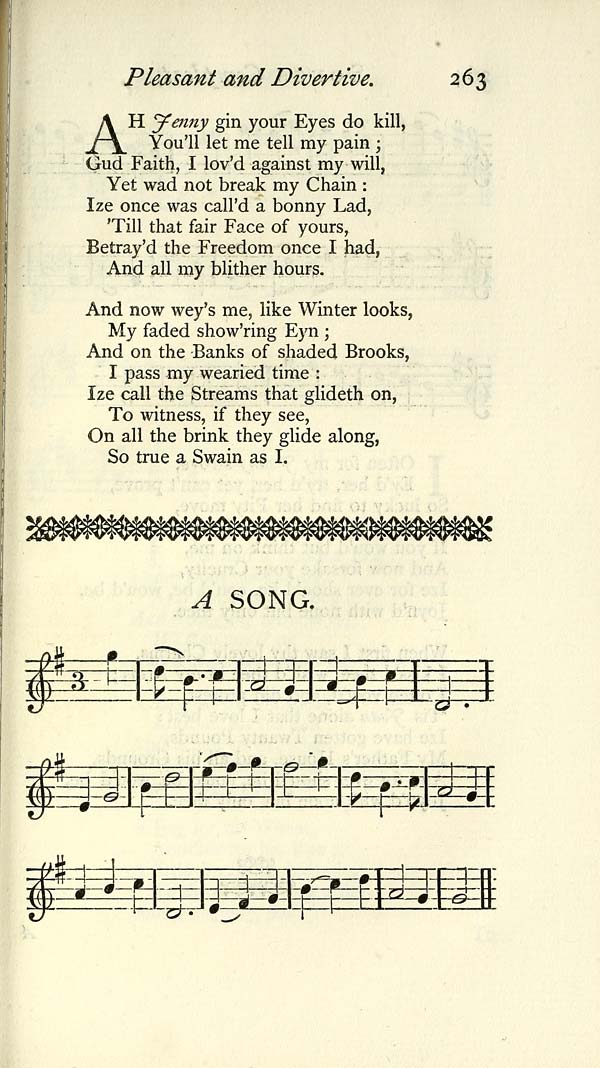Philip, Rey (Editor)1 Show affiliations 1. Theory of Ontological Consciousness Project Description This interdisciplinary essay explores a forgotten hypothesis at the intersection of physics, philosophy, and fiction: that consciousness is not a byproduct of matter, but its ontological foundation. Tracing this idea from Heraclitus and Plato to Schrödinger and Penrose, the article integrates metaphysical traditions with quantum models and critiques of materialist reductionism. It introduces the Theory of Ontological Consciousness (TOC) — a literary-philosophical framework proposing ψ̂–Φ interactions as the generative basis of spacetime and form. The essay also reinterprets empirical anomalies, such as those documented by the Global Consciousness Project, as potential signatures of an underlying field of universal consciousness. For more on the Theory of Ontological Consciousness, visit www.toc-reality.org and follow new updates via Medium - https://medium.com/@philiprey.org
Philip, Rey (Editor)1 Description This interdisciplinary essay explores a forgotten hypothesis at the intersection of physics, philosophy, and fiction: that consciousness is not a byproduct of matter, but its ontological foundation. Tracing this idea from Heraclitus and Plato to Schrödinger and Penrose, the article integrates metaphysical traditions with quantum models and critiques of materialist reductionism. It introduces the Theory of Ontological Consciousness (TOC) — a literary-philosophical framework proposing ψ̂–Φ interactions as the generative basis of spacetime and form. The essay also reinterprets empirical anomalies, such as those documented by the Global Consciousness Project, as potential signatures of an underlying field of universal consciousness. For more on the Theory of Ontological Consciousness, visit www.toc-reality.org and follow new updates via Medium - https://medium.com/@philiprey.org

 It's a clever reworking of
It's a clever reworking of 
 (William Gilpin, From Observations Chiefly Made to Picturesque Beauty)
(William Gilpin, From Observations Chiefly Made to Picturesque Beauty)

 “Emily [the main character of Radcliffe’s Udolpho] has heard rumors of ghosts and mysterious tales about the Castle. She goes into a room and finds something hidden beneath a black veil. What she sees is so frightful that she will not go near the room again. There is a rumour that the Count was married to the former owner of the Castle, Signora Laurentini di Udolpho, and Emily believes that he has killed her and it is her body that lies under the black veil… Clearly not the body of Signora Laurentini di Udolpho as Emily thought, as she turned out to be Sister Agnes. What Emily saw behind the veil was a human figure, partly decayed, but the figure was not real but made of wax. It had been made as a rather gruesome penance for the Marquis of Udolpho, that he should look upon it for a certain time each day in order to receive pardon for his sins” (Knowles).
“Emily [the main character of Radcliffe’s Udolpho] has heard rumors of ghosts and mysterious tales about the Castle. She goes into a room and finds something hidden beneath a black veil. What she sees is so frightful that she will not go near the room again. There is a rumour that the Count was married to the former owner of the Castle, Signora Laurentini di Udolpho, and Emily believes that he has killed her and it is her body that lies under the black veil… Clearly not the body of Signora Laurentini di Udolpho as Emily thought, as she turned out to be Sister Agnes. What Emily saw behind the veil was a human figure, partly decayed, but the figure was not real but made of wax. It had been made as a rather gruesome penance for the Marquis of Udolpho, that he should look upon it for a certain time each day in order to receive pardon for his sins” (Knowles).

